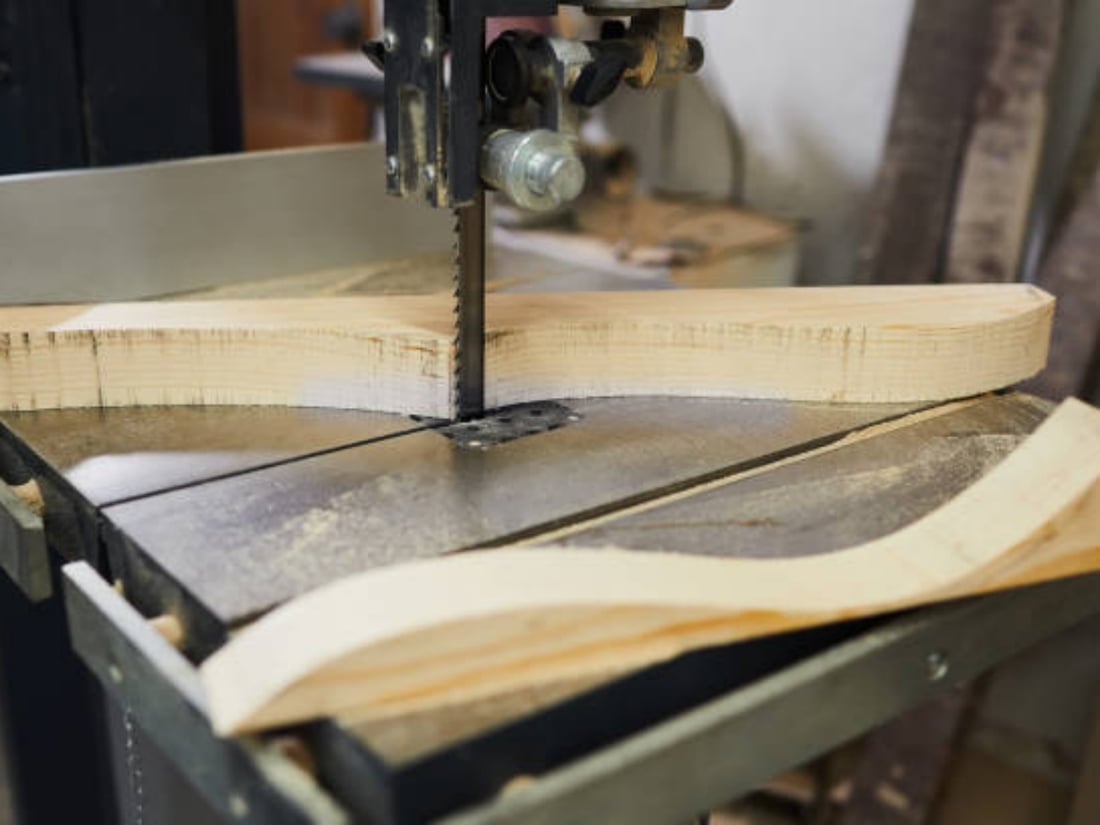Unleash the Potential of Your Jigsaw with Metal Cutting Jig Saw Blades
When it comes to cutting metal, having the right tools is essential. One such tool that can make a world of difference is a metal cutting jig saw blade. Designed specifically for cutting through metal with precision and ease, these blades are a must-have for any DIY enthusiast or professional tradesperson. In this comprehensive guide, we will explore the various aspects of metal cutting jig saw blades, from their features and benefits to tips for optimal usage. So, let's dive in and discover how this incredible tool can revolutionize your metal cutting projects.
The Anatomy of a Metal Cutting Jig Saw Blade
Before we delve into the specifics of metal cutting jig saw blades, let's take a moment to understand their anatomy. These blades typically consist of three main parts: the blade body, teeth, and shank. The blade body is the flat, narrow section that connects to the jigsaw. The teeth, located at the front of the blade, are responsible for cutting through the metal. The shank, on the other hand, is the part that attaches to the jigsaw's blade clamp. Understanding these components will help you choose the right blade for your metal cutting needs.
Types of Metal Cutting Jig Saw Blades
Not all metal cutting jig saw blades are created equal. There are various types available on the market, each designed for specific applications. Here are some of the most common types:
1. High-Speed Steel (HSS) Blades: HSS blades are the most versatile option and can cut through a wide range of metals, including steel, aluminum, and copper. They are known for their durability and ability to withstand high temperatures.
2. Bi-Metal Blades: Bi-metal blades feature a combination of high-speed steel teeth and a flexible spring steel back. This composition allows them to handle more demanding metal cutting tasks, such as cutting through stainless steel and cast iron.
3. Carbide-Tipped Blades: Carbide-tipped blades are ideal for cutting through hard metals, such as hardened steel and cast iron. They are incredibly durable and have a longer lifespan compared to other blade types.
4. Diamond Blades: Diamond blades are specifically designed for cutting through extremely hard materials, including tile, stone, and hardened metals. Their diamond-embedded teeth ensure precision and longevity.
Choosing the Right Metal Cutting Jig Saw Blade
With a variety of metal cutting jig saw blades available, selecting the right one for your project can be overwhelming. Here are a few factors to consider:
1. Material Compatibility: Ensure that the blade you choose is compatible with the type of metal you intend to cut. Different blades have different cutting capacities, so choose accordingly.
2. Tooth Configuration: The tooth configuration of the blade determines the type of cut it produces. For example, blades with fewer teeth per inch are ideal for faster cuts, while blades with more teeth per inch provide smoother, more precise cuts.
3. Blade Length: The length of the blade determines the depth of cut it can achieve. Consider the thickness of the metal you plan to cut and choose a blade that can accommodate it.
Tips for Using Metal Cutting Jig Saw Blades
Now that you have selected the perfect metal cutting jig saw blade for your project, here are some tips to ensure optimal usage:
1. Safety First: Always wear appropriate safety gear, including goggles and gloves, when using a metal cutting jig saw blade. Metal shards and sparks can cause injury.
2. Secure the Workpiece: Use clamps or a vise to secure the metal you are cutting. This will prevent it from moving or vibrating during the cutting process, ensuring cleaner, more accurate cuts.
3. Start Slow: Begin cutting at a slow speed to establish a clean groove. Once the groove is established, gradually increase the speed for faster cutting.
4. Apply Lubrication: To minimize heat buildup and extend the blade's lifespan, apply a lubricant, such as cutting oil or wax, to the blade and the metal surface.
Conclusion
Metal cutting jig saw blades are a game-changer when it comes to cutting metal with precision and efficiency. Whether you are a DIY enthusiast or a professional, having the right blade for the job can make all the difference. By understanding the different types of blades available, choosing the right one for your needs, and following best practices for usage, you can unleash the full potential of your jigsaw and achieve outstanding results in your metal cutting projects.


